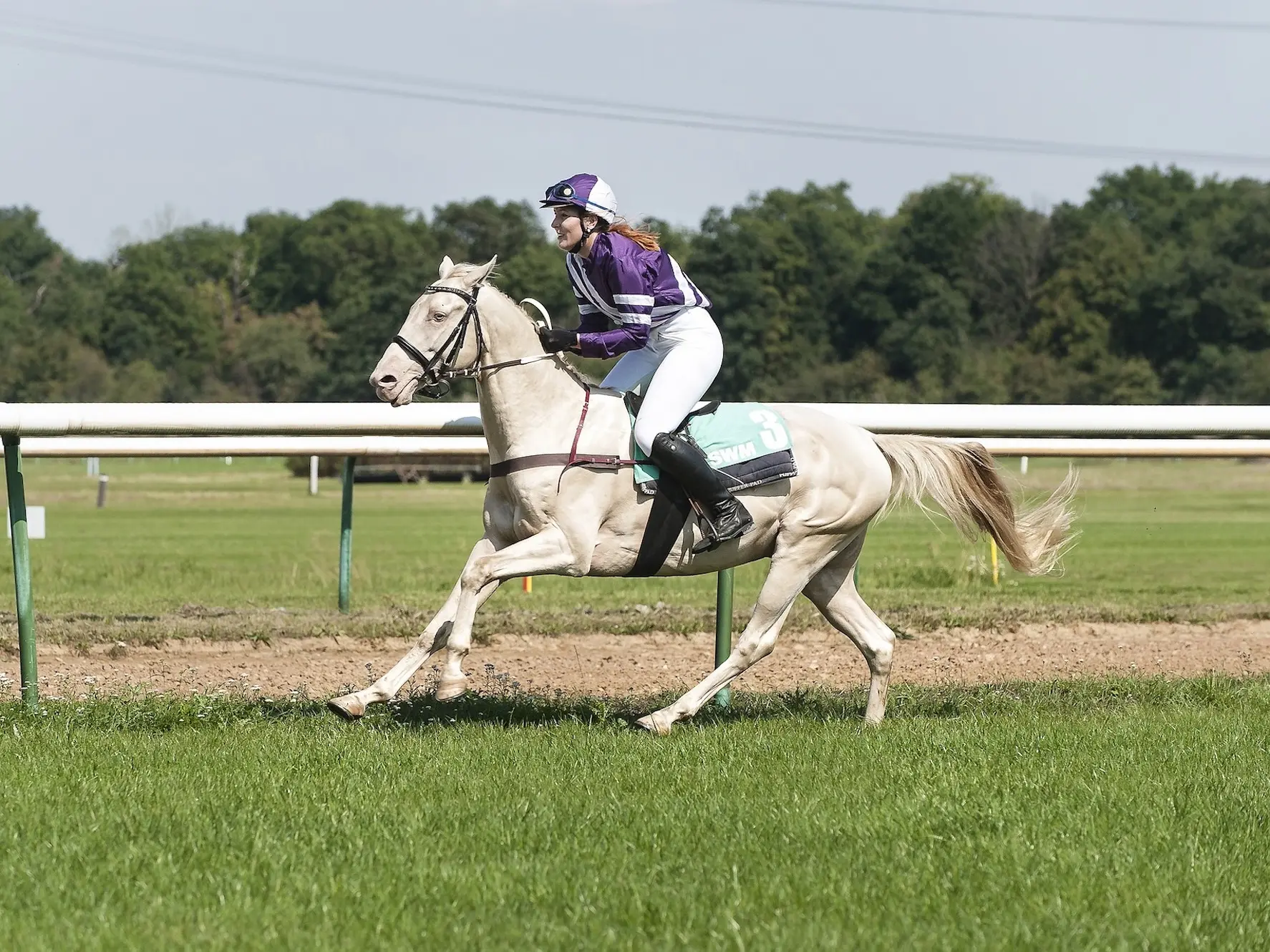
Most horse lovers know the distinctly sleek Akhal-Teke profile and signature gleaming coat. They are the greyhounds of the horse world and have a long, distinguished history.
A Little Backstory
Historically they are among the oldest domesticated breeds on the planet, thought to have been around for thousands of years. They come from ancient Scythian horses, but their distinct characteristics were established long before they were given a name. They were quite literally built specifically for speed in a hot, flat climate. Their build reflects other desert animals of prey, with a high-set neck, streamlined shape and natural camouflage.

Once controlled breeding began, the Teke tribe took it very seriously. Nomadic in nature, horses were prized resources and have always been well maintained. Beyond the slim, upright shape, their coat has an incredibly rare metallic flare. This characteristic be confused with the champagne sheen, but Akhal-Teke animals don’t carry the champagne dilution. Their coat hairs are extremely fine and have developed unique shaft structures which reflect light, creating a metallic gleam on their coat. Which interestingly enough, makes them difficult to photograph.
What Makes Them Special
Beyond their extremely long history and glowing coat, they are an incredibly hardy breed as well. Centuries and centuries… and centuries of natural selection, enhanced by more centuries of carefully controlled breeding has produced a very special animal. With perhaps the most recognizable silhouette in the horse world (aside from Arabians of course). It was their robust nature (and the clever breeders that loved them) which kept the breed alive during WWII. Their unique genetics make them an important modern horse breed and well worth preserving. To learn more about them, be sure to check out the Akhal-Teke breed page.
Quick Facts
Native to Turkmenistan and local in Russia.
There are likely official studbooks in both countries, however we haven’t been able to locate them.
Listed in the DAD-IS as at risk. Their most recent population data was in 2004 when there were 2400 registered animals.